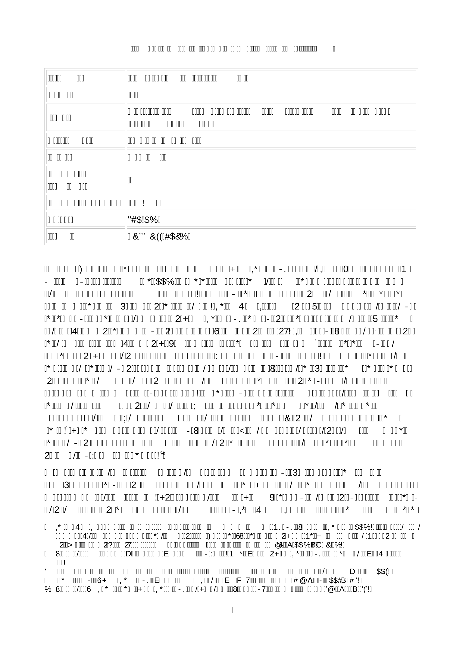Kisala, Robert & Mullins, Mark: Religion and Social Crisis in Japan. Understanding Japanese Society through the Aum Affair
Ever since the new religious movement Aum Shinrikyō released Sarin Gas in several Tok yo subway stations in March 1995, much has been published about that particular religious group and new religious movements in general. Naturally, these publications often deal with either the reasons or the conseq...
Gespeichert in:
| 发表在: | Marburg Journal of Religion |
|---|---|
| 主要作者: | |
| 格式: | Artikel (Zeitschrift) |
| 语言: | 英语 |
| 出版: |
Philipps-Universität Marburg
2003
|
| 在线阅读: | 在线阅读 |
| 标签: |
没有标签, 成为第一个标记此记录!
|
| 总结: | Ever since the new religious movement Aum Shinrikyō released Sarin Gas in several Tok yo subway stations in March 1995, much has been published about that particular religious group and new religious movements in general. Naturally, these publications often deal with either the reasons or the consequences of that incident. Shimazono Susumu, for example, presented a study on the history, teachings and practice of Aum Shinrikyō shortly after the attack in order to explain the radicalization of the group by referring to its “universe of belief”. Similarly, Ian Reader 2 asks after the doctrinal legitimization of Aum’s violent acts, whereas Martin Repp3 links the history and teachings of Aum to deficiencies prevalent in Japanese society in general. Moreover, the incident challenged the study of religions as an academic discipline: It raised the question whether scholars of religions should provide information and warnings to the public if they consider a certain religious group as potentially aggressive. Michael Pye suggests making a clear distinction between the academic postulate of independent, objective research on the one hand and the right to participate and make judgements in public discussions as a well-informed private person on the other. 4 Another conclusion is drawn by Ian Reader: He advocates a detailed fieldwork approach to the study of new religious movements instead of the more general studies that in his opinion are favoured by Japanese scholars. |
|---|---|
| DOI: | 10.17192/mjr.2003.8.3729 |
